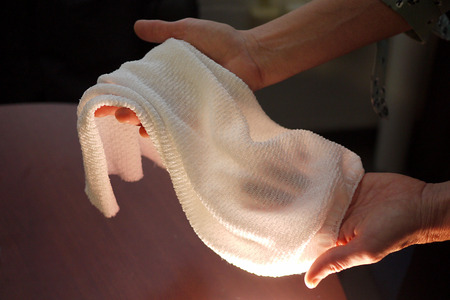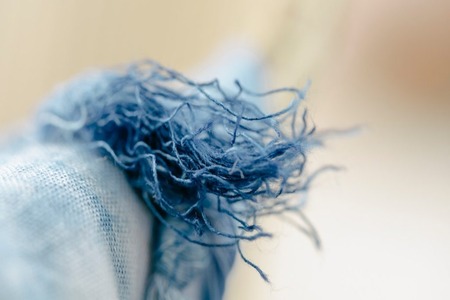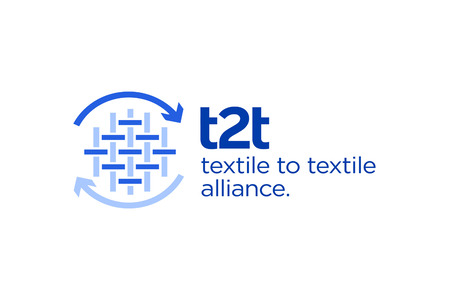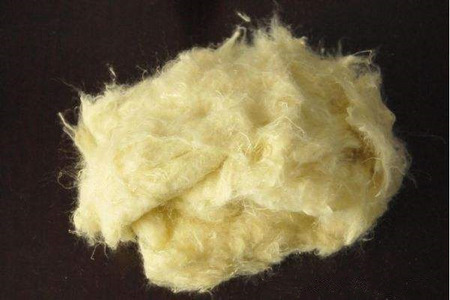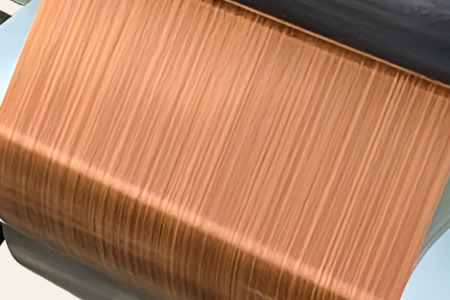Asia Textile Mills in Philippines makes best use of abaca fiber to revive
YarnsandFibers News Bureau 2015-10-14 17:30:00 – MalayaPhilippines is left with only five textile mills in the knitting business which also service finishing mills as more than 50 textile mills dead or dying due to excessive power costs and cheap fabrics from China. Out of the five textile mills, Asia Textile Mills owned by the group of Ong and Lee in Calamba, Laguna is enlivening with the help of Chuck Lazaro, who is now its industrial partner.
Today, Asia Textiles is producing jeans made of abaca fiber. Abaca fiber as raw materials for jeans is remarkably stronger than polyester or cotton. The company exports semi-processed materials to Japan.
Asia Textiles buys the fiber from Tabaco, Albay. The Bicol region is known as best suited for abaca. Lazaro’s company uses less than 10 tons a year of abaca fiber.
It took long and some problems that cannot be solved – power costs and cheap textiles from nearby China – for Lazaro to wake up to the possibility and necessity of using abaca as textile raw materials, considering nearly all of annual production finds its way into the foreign market.
According to Lazaro, there are good possibilities dead or closed textile mills may be reopened when abaca fiber is converted into yarn. He pointed out that the abandoned mills may have to be retooled to adjust to abaca fiber.
Abaca is said to be long fiber and therefore makes excellent raw material for textile – even for specialty paper like currency notes – abaca fiber may completely stop the importation of cotton and polyester woven into yarn to make textiles.
Abaca is mostly planted with other cash crops. Abaca fiber has been known all over the world from the Spanish times as Manila hemp. It lost its luster to synthetic and other chemical fibers which practically edged out cotton.
Production of abaca fiber appears to be increasing because of its unique qualities compared to other textile raw materials such as synthetics (mostly polyester) and cotton. From January to November last year, abaca fiber production was recorded at 427,700 tons, increasing from 354,490 tons in the previous period. The rest of the production is used locally for cordage, paper, crafts and textiles.
Considering almost 90 percent of the fiber is exported to the United States, Japan and Europe, its potentials as raw material for textiles appear bright. Asia Textile is not making yarns from abaca fiber yet but Lazaro said that the company will eventually consider it.
Market Intelligence
Ask for free sample Report

experience
Customer Base
dedicated team
Countries Served Worldwide



